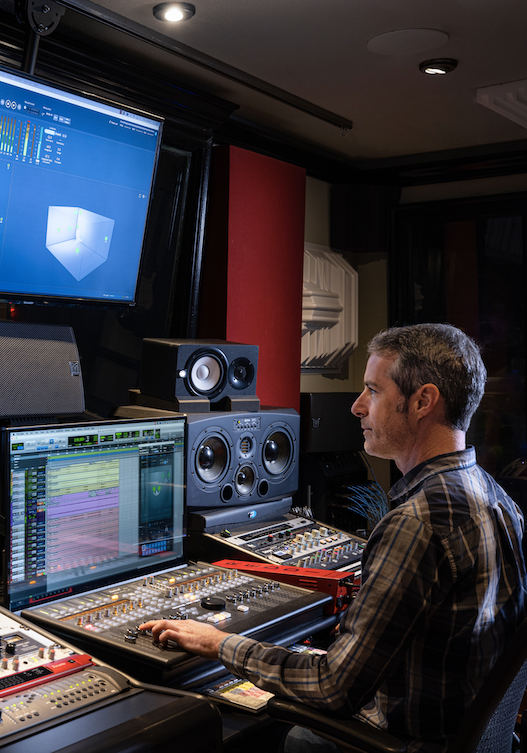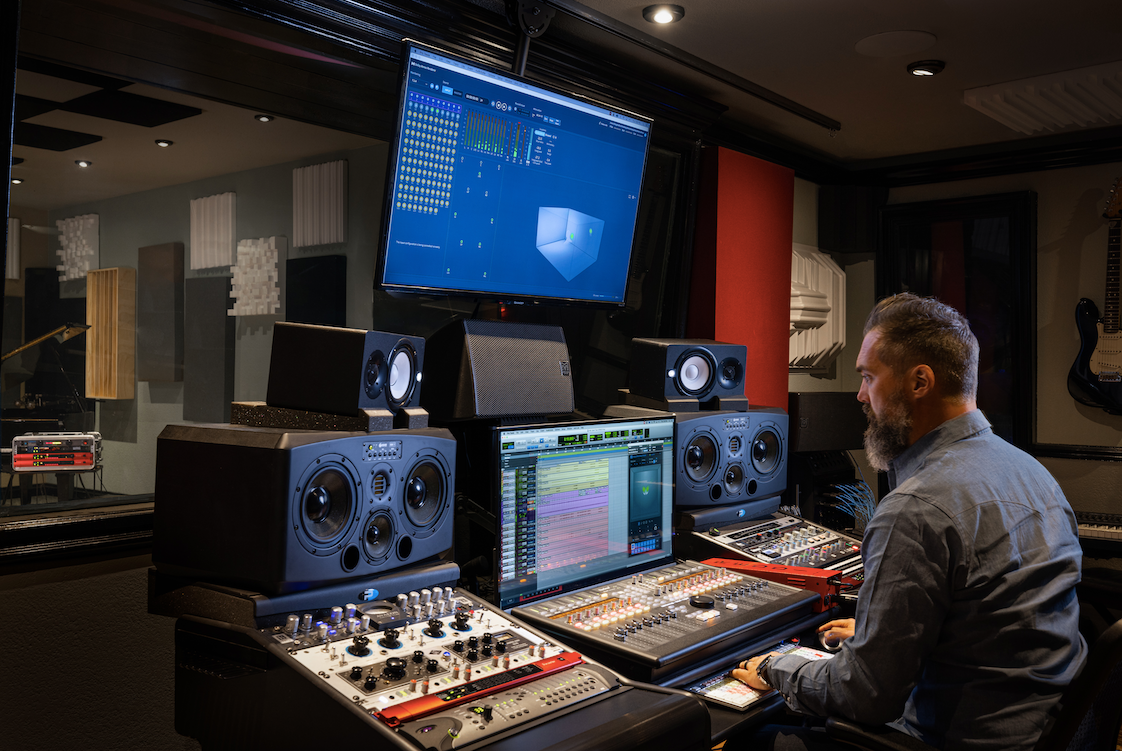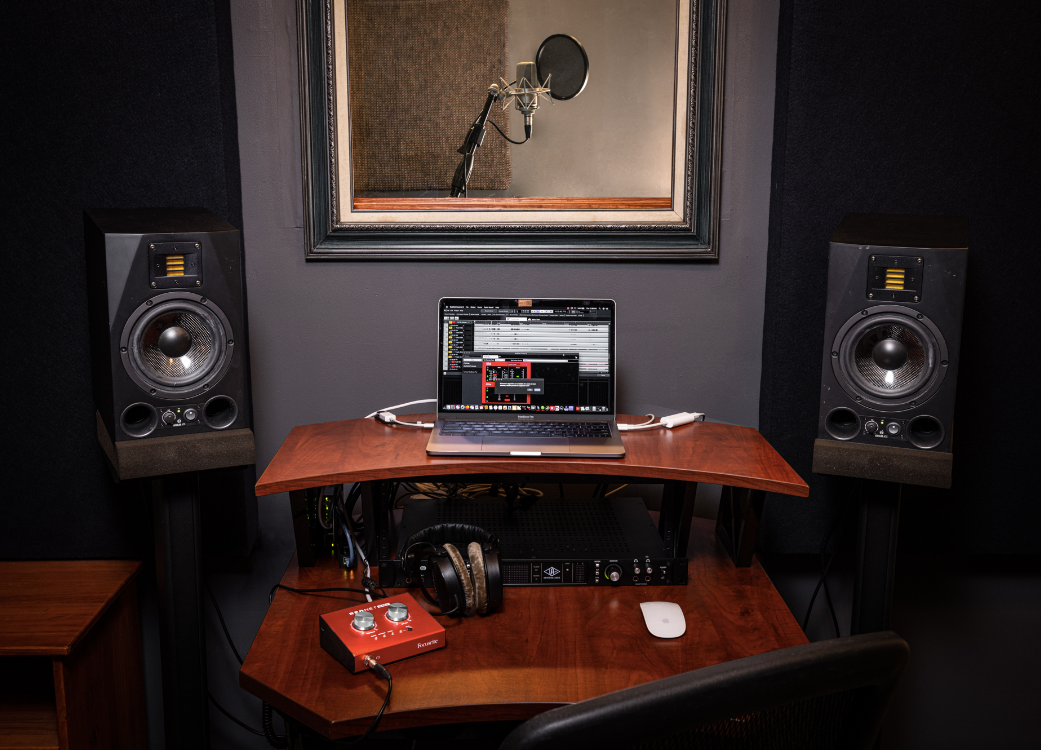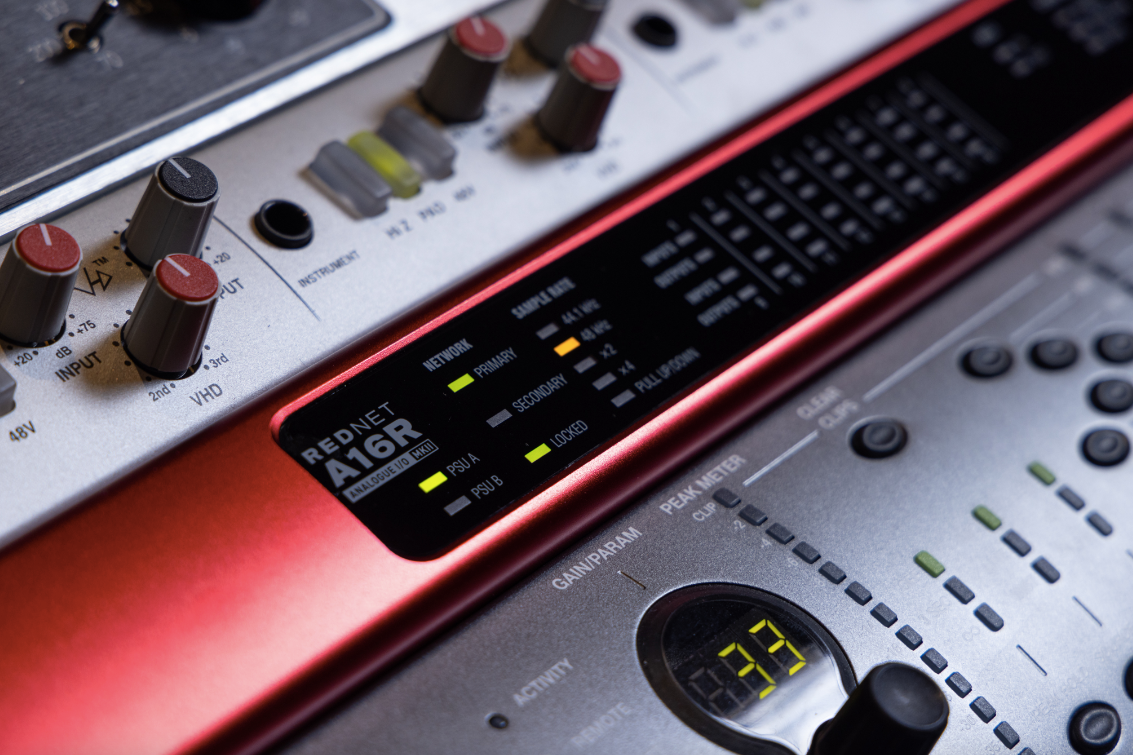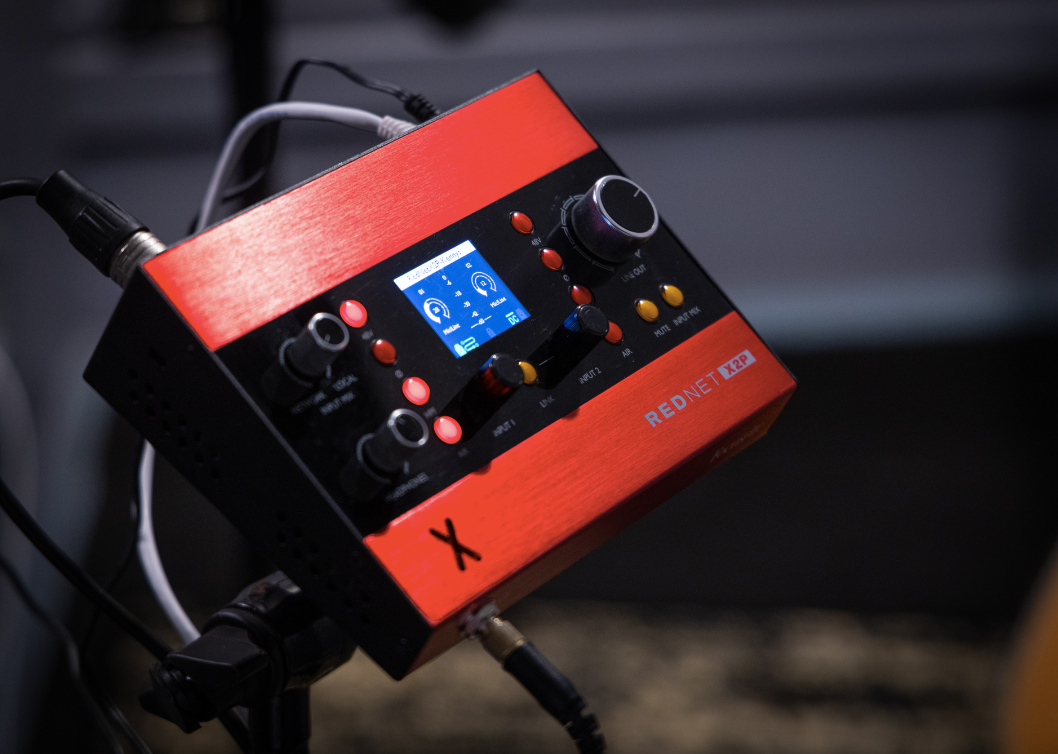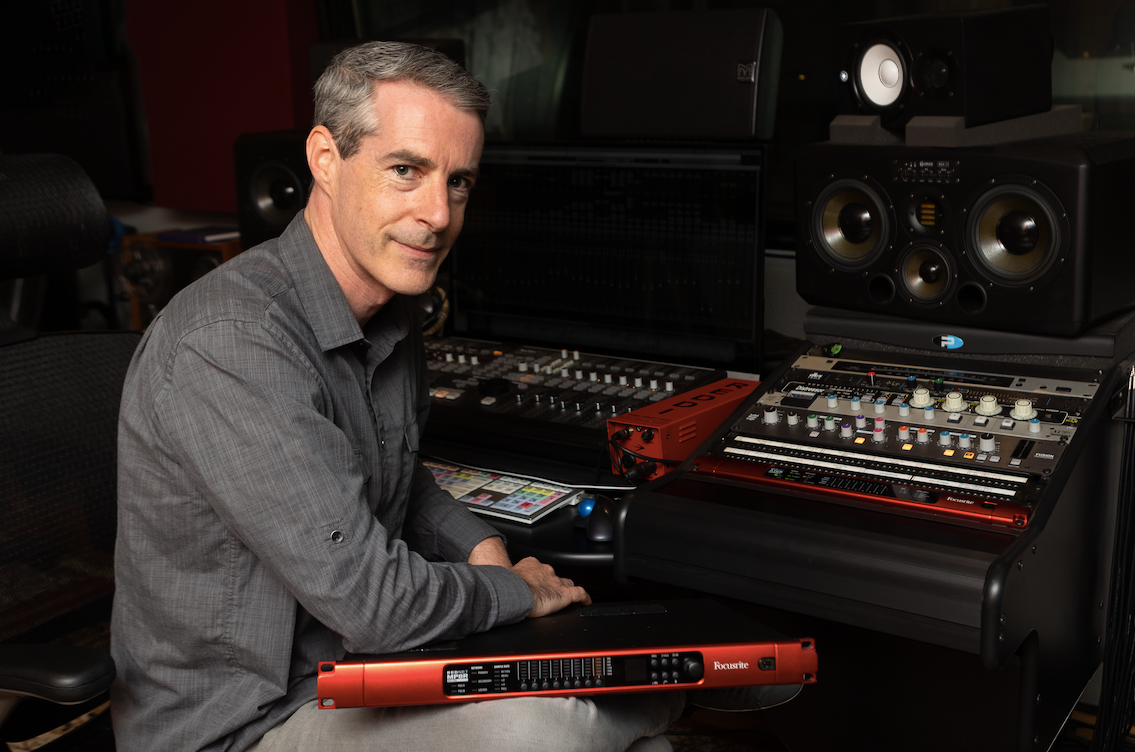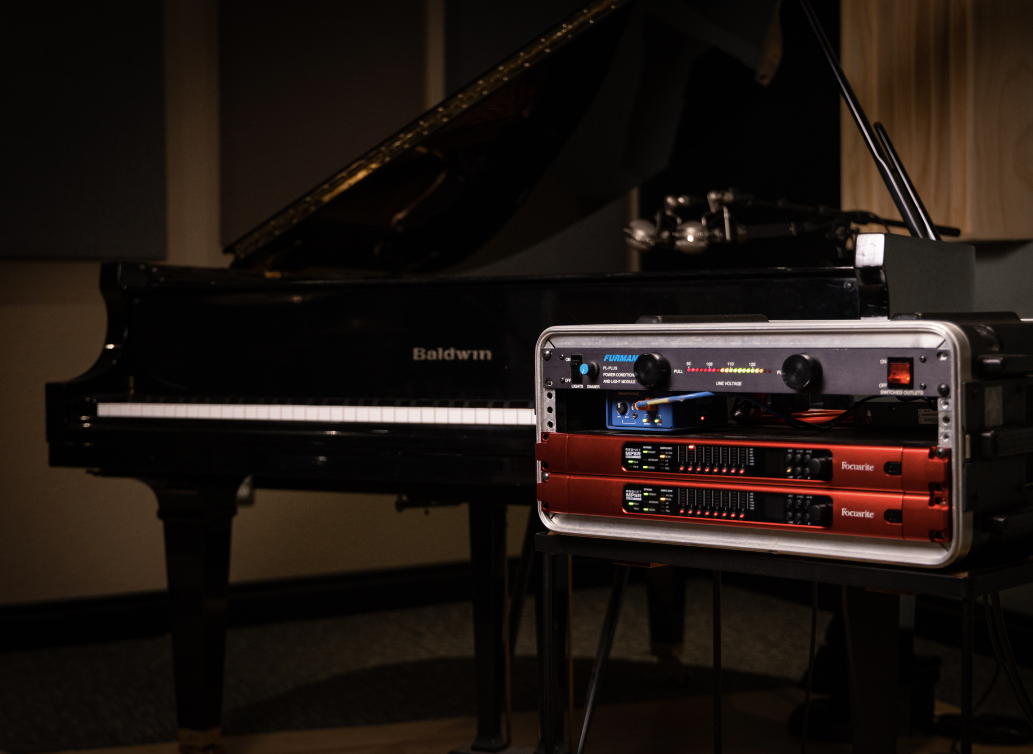Working Title Recording Studios was founded by Forrest Lawrence who previously owned Studio Circle Recordings and was the house engineer at the now defunct Annex Recording Studios for 11 years. Assisted by Kenny Kaiser, FOH mixer for The Killers, the studio was transformed into a Dolby Atmos facility during the pandemic. The duo reflect on the rise of Dolby Atmos, working with The Killers, and how to approach immersive mixing.
What are you both working on today?
FL: I'm here at Working Title Recording Studios in San Mateo, California getting ready to start cutting up some podcasts, re-mixing some songs from the previous week and diving into some Atmos stuff for the next week.
KK: I'm in a hotel as we're in production rehearsals for The Killers for their delayed tour of Imploding The Mirage. We did the Atmos mix of their album, Pressure Machine, at our studio, so we had them in a couple of months ago. They're working on new stuff right now, so there's possibly going to be some more stuff hitting us pretty soon…
How did you both meet and start working together?
KK: We've known each other for 20 years. He used to have an old recording studio in the Bay area that was actually kind of legendary, called the Annex. We were big fans of the hardcore scene in the Bay Area – that metal scene and punk scene.
He was in a band and I was in a band, and our bands played with each other at shows. We've had a longstanding relationship of working on other projects and coming in and tracking stuff at the old studio. When Forrest moved to this studio I still kept in contact with him. I would come over and help out whenever I could. Then the pandemic hit and I was like, ‘Hey, man. I'm bored. Help me out’. Forrest said, 'Perfect. Let's do this!’
FL: Ken has travelled the world 50 times with 50 bands at this point, and I've had 50,000 artists come walking through a studio door at some point.
Basically, since the pandemic started, we're now tag-teaming this, so if he's got a session he needs to bring in, the studio is ready to go, or if he's out on the road he can toss it to me – so we've got the home base covered.
When did you decide to create Working Title Recording Studios?
FL: I was at Annex for about 11 years and unfortunately, the building got acquired by a little company called Facebook, so that had me bouncing around some studios in San Francisco, which are no longer in existence.
I bounced around until I found this facility that was mostly completed in San Mateo. I went in there and said, ‘Hey, if I can finish this place up, I'll run my business through this spot’. I cut a deal with the guy who owned the building who had kind of given up on it because he didn't know what to do with it, and finished it up.
I've been cleaning it up ever since, and that's now coming up on about 10 years as well. So now it's really where I wanted it to be, and thanks to Ken for helping to put some lipstick on that pig!
